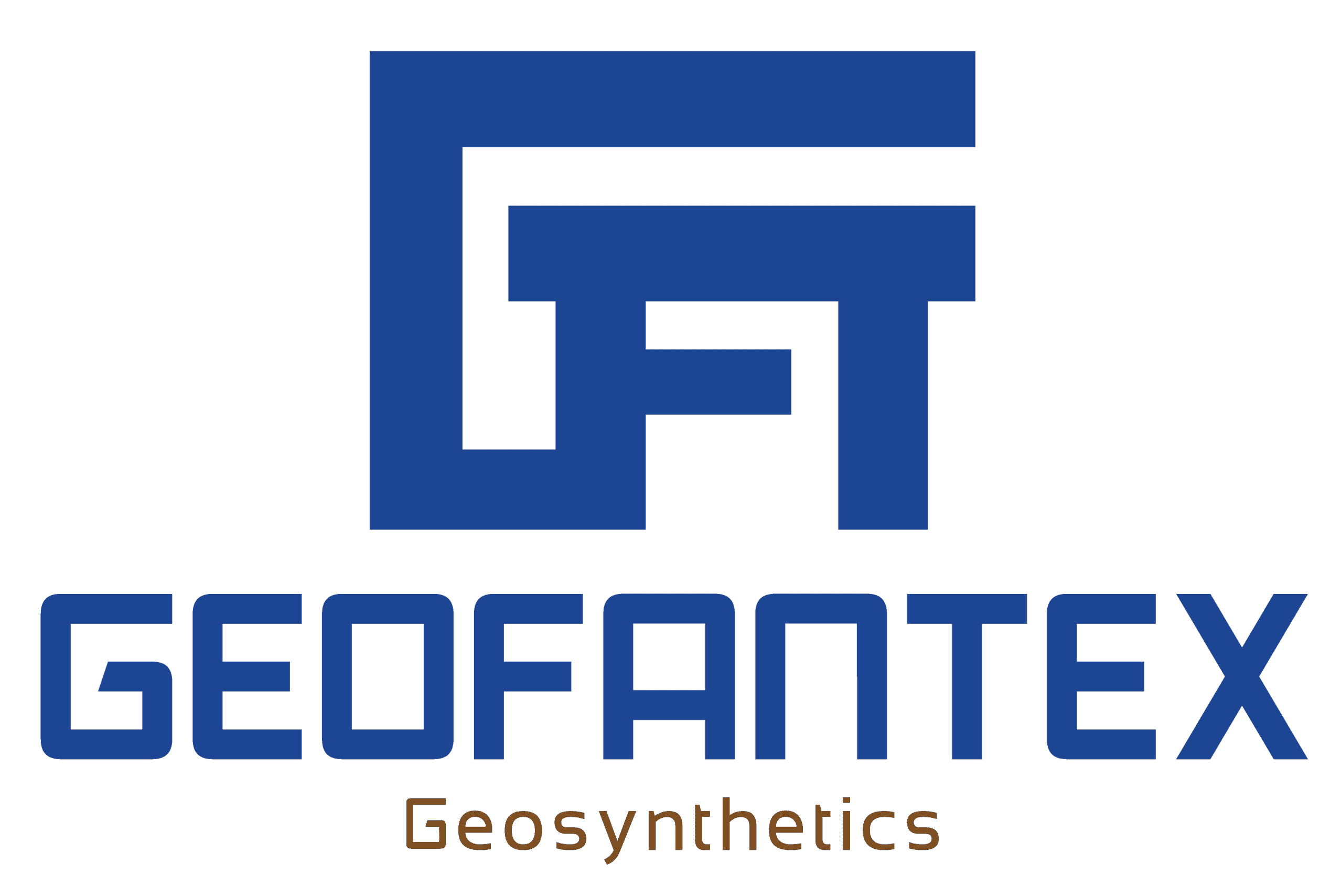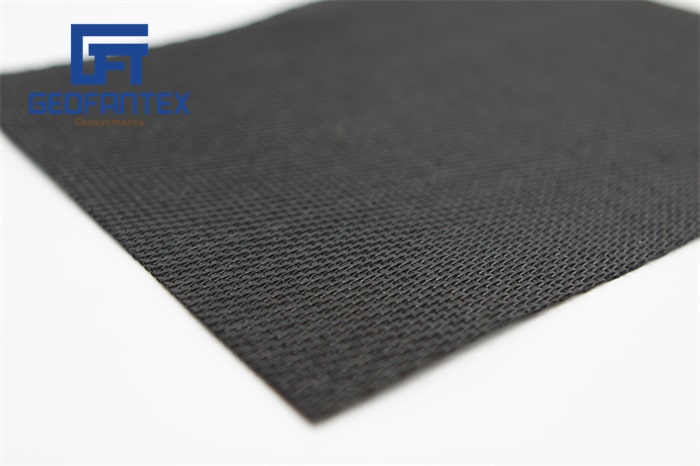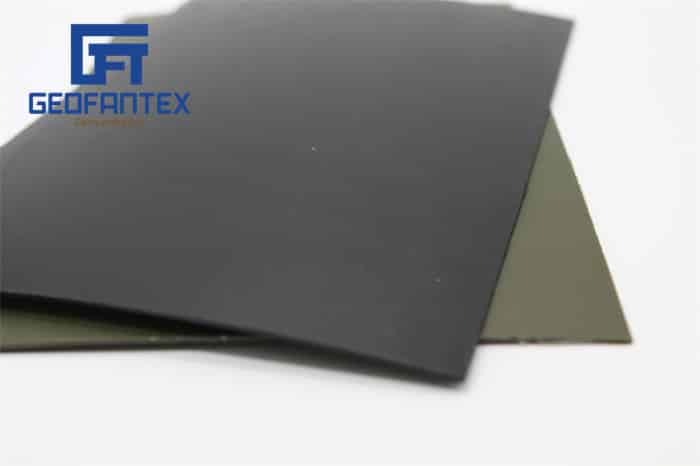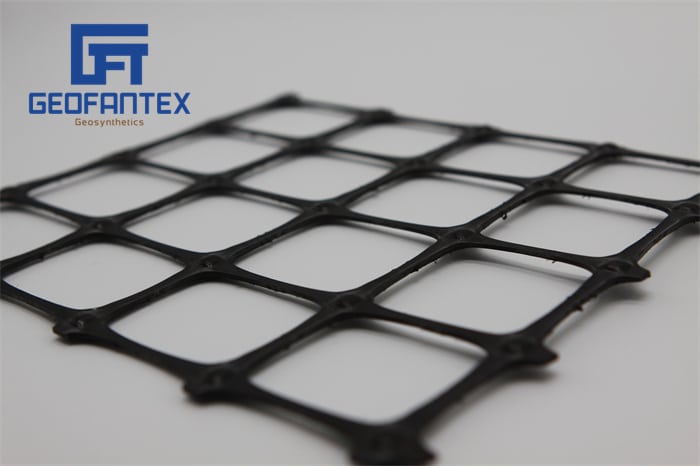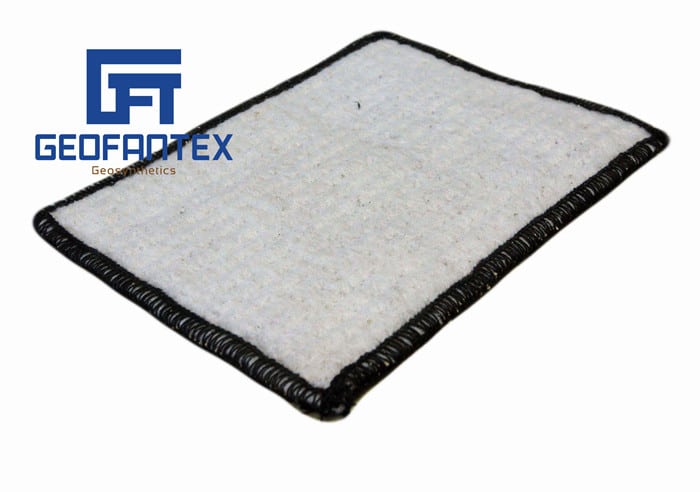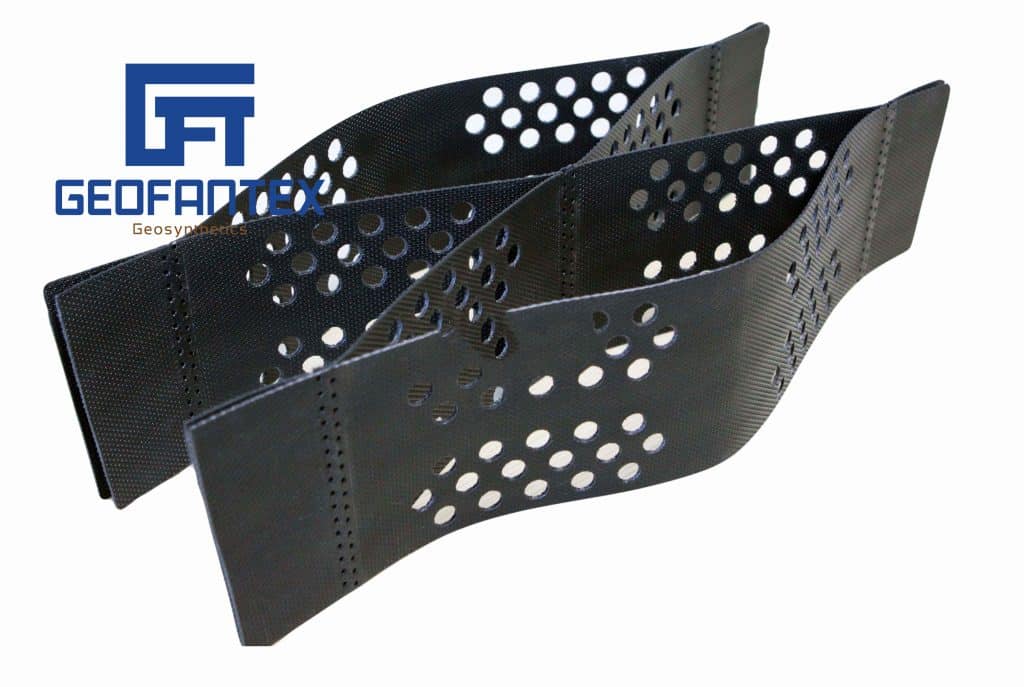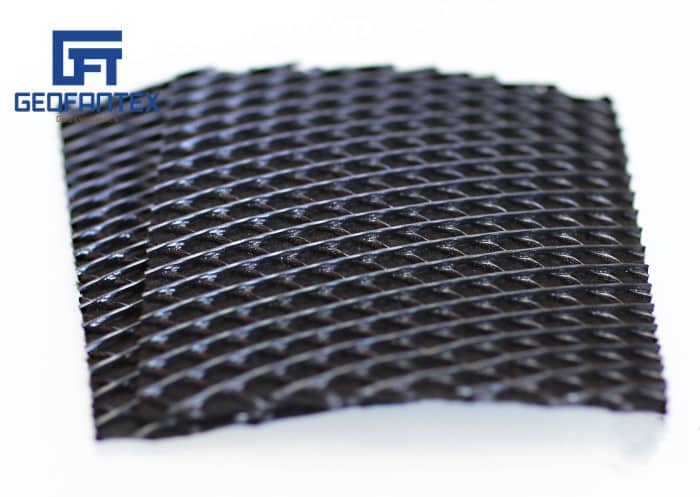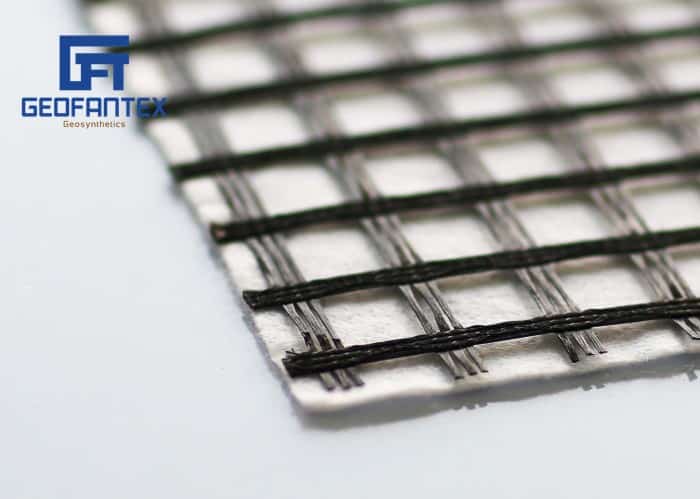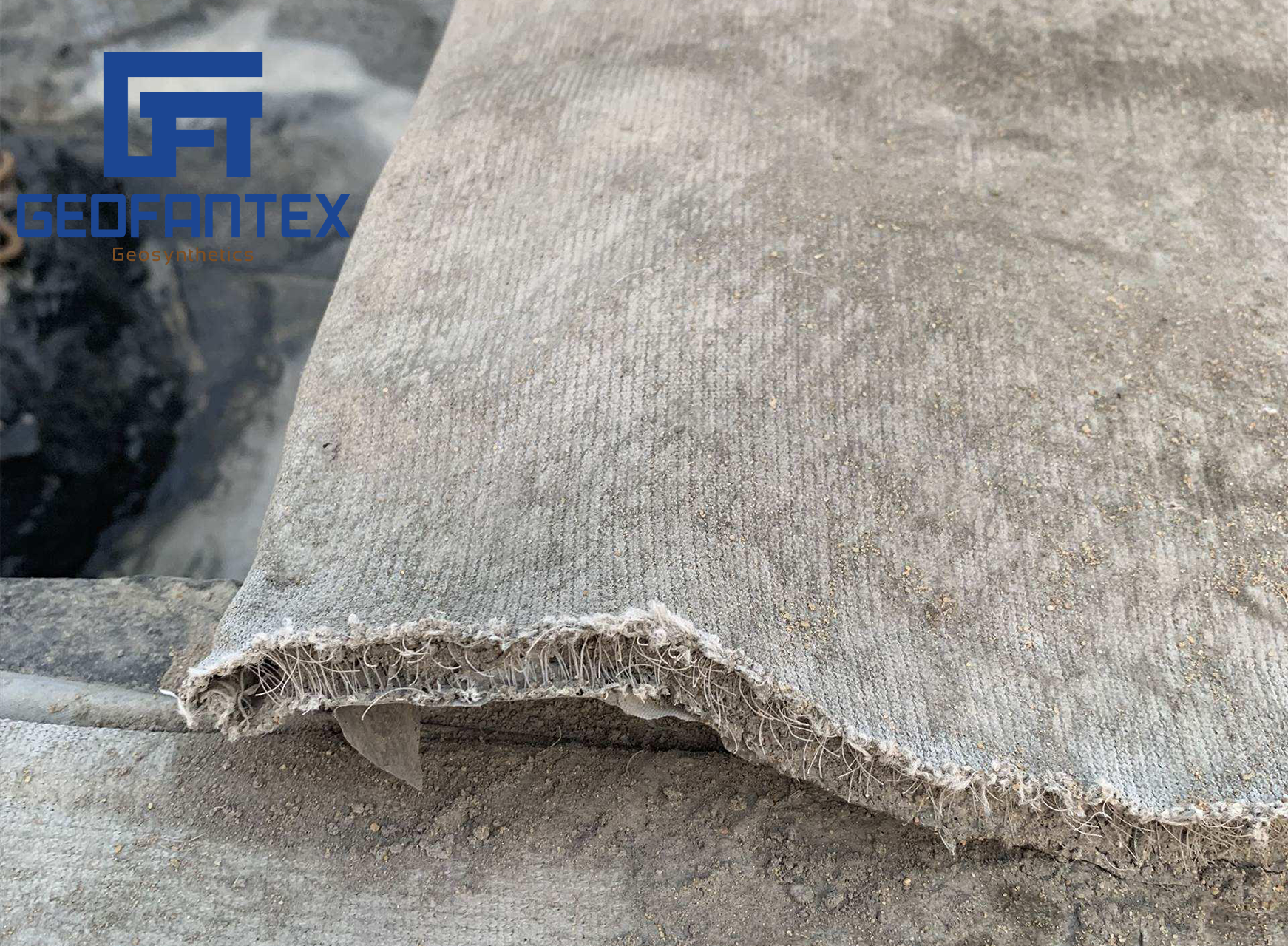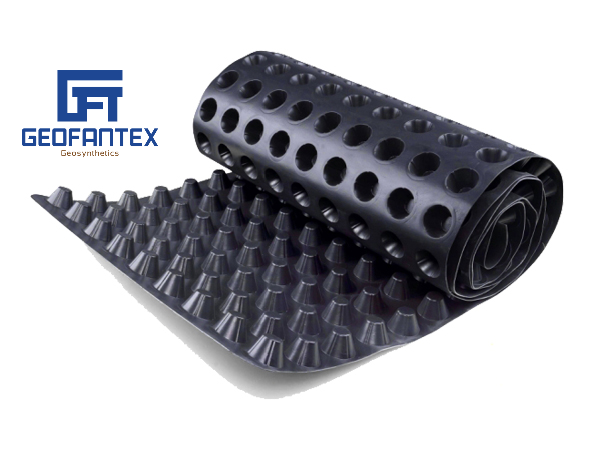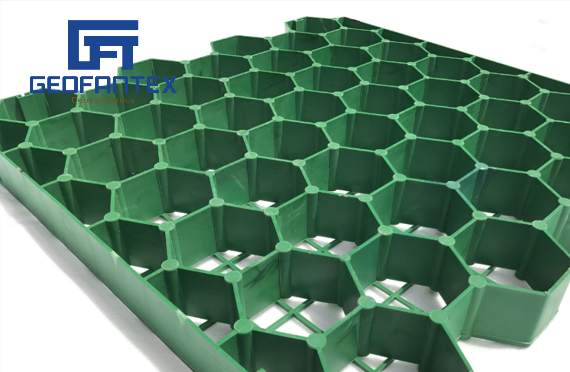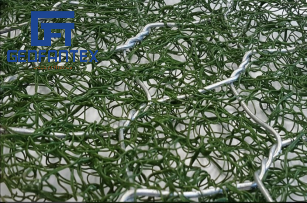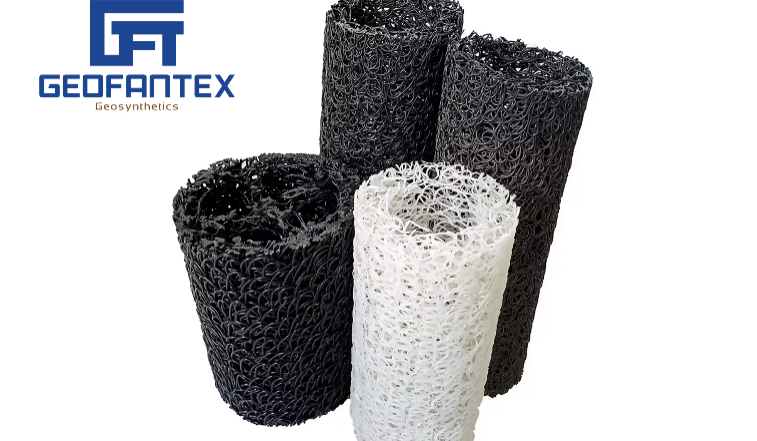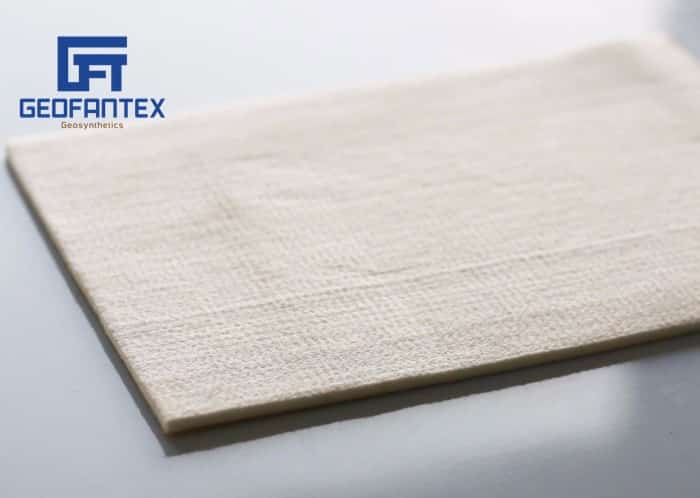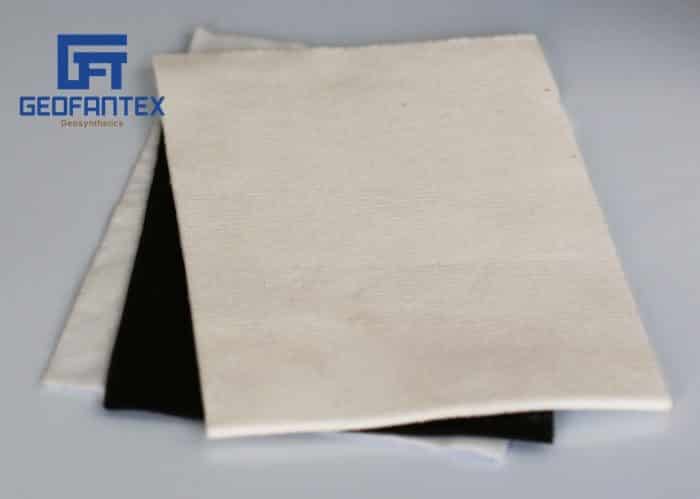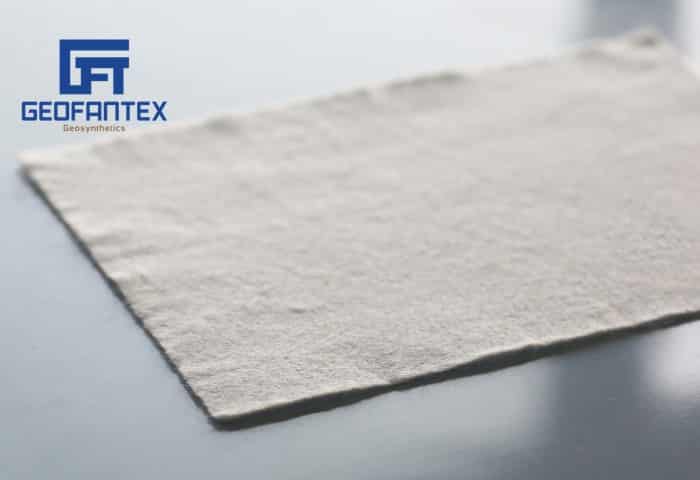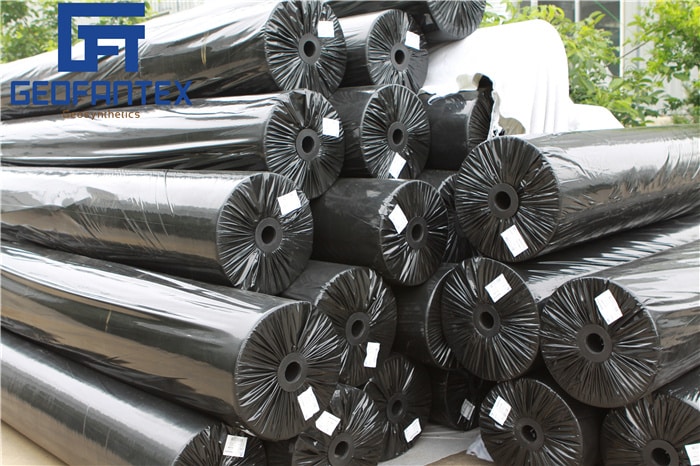+86-159 9860 6917
info@geofantex.com
geofantex@gmail.com
+86-400-8266163-44899
Geonet water flow technology has seen significant advancements in the geosynthetics industry, leading to more efficient drainage solutions and enhanced infrastructure stability.
Advancements in Geonet Technology

Geonet technology has seen significant advancements in recent years, particularly in the areas of environmental protection, civil engineering, and infrastructure. These improvements have enhanced the functionality and efficiency of geonets, which are commonly used in applications like drainage systems, erosion control, and waste containment. Here are some key advancements:
Enhanced Durability and Strength
- Improved Polymer Materials: Advances in polymer technology have led to geonets made of stronger, more durable materials that resist chemical degradation, UV exposure, and physical wear. This ensures longer service life in challenging environmental conditions.
- Reinforced Structure: Some geonets now feature reinforced intersections and thicker cross sections, which increase their mechanical strength and load-bearing capacity, making them suitable for more demanding applications like roadways or large-scale landfills.
Advanced Manufacturing Techniques
- 3D Geonet Construction: Traditional geonets often had a two-dimensional design, but now, 3D geonets are becoming more common. These offer improved drainage performance by allowing water to flow more freely in multiple directions, increasing the overall efficiency of drainage systems.
- Multi-Layered Geonets: Multi-layer designs allow for better filtration and separation while maintaining strength. This innovation is particularly useful in waste containment and soil stabilization applications.
Integration with Smart Technologies
- Sensors and Monitoring: Geonets integrated with sensors can provide real-time data on water flow, pressure, and other environmental factors. This helps in proactive maintenance and performance monitoring of drainage systems and geotechnical installations.
- Smart Geosynthetics: These systems can help detect issues like leaks or changes in soil composition, enabling more responsive actions in waste management or construction sites.
Environmental Impact and Sustainability
- Recycled Materials: The use of recycled polymers and sustainable manufacturing processes in the production of geonets is on the rise. This reduces the environmental footprint and makes geonet systems more eco-friendly while still providing high performance.
- Biodegradable Geonets: In certain applications, especially in erosion control, there’s research into biodegradable geonets, which reduce environmental impact after their service life ends.
Customized Solutions
- Tailored Permeability and Strength: Advances in design allow geonets to be tailored to specific needs, such as custom permeability levels or unique strength characteristics, making them more versatile in different applications.
- Optimized for Specific Applications: Whether it’s for construction, mining, or waste management, geonets are now being designed with specific performance characteristics in mind, allowing for better optimization in niche markets.
Market Growth and Demand
The global geocomposites market, which includes geonets, is experiencing substantial growth. Projections indicate that the market size will increase from $476.0 million in 2024 to $768.6 million by 2032, at a compound annual growth rate (CAGR) of 6.2%. This growth is driven by the rising demand for cost-effective materials with low maintenance requirements and extended lifespans in the construction sector.
Innovative Applications

Innovative applications of geonets have been instrumental in addressing complex engineering challenges. For example, the Upper Chiquita Reservoir project, constructed in 2011, utilized geosynthetic cover systems incorporating geonets to ensure efficient water flow and structural integrity. A 2024 inspection confirmed that the geosynthetic system continues to perform exceptionally well, highlighting the durability and effectiveness of these materials in long-term applications.
In summary, geonet water flow technologies are advancing rapidly, contributing to more sustainable and resilient infrastructure through improved drainage solutions and soil stabilization techniques.
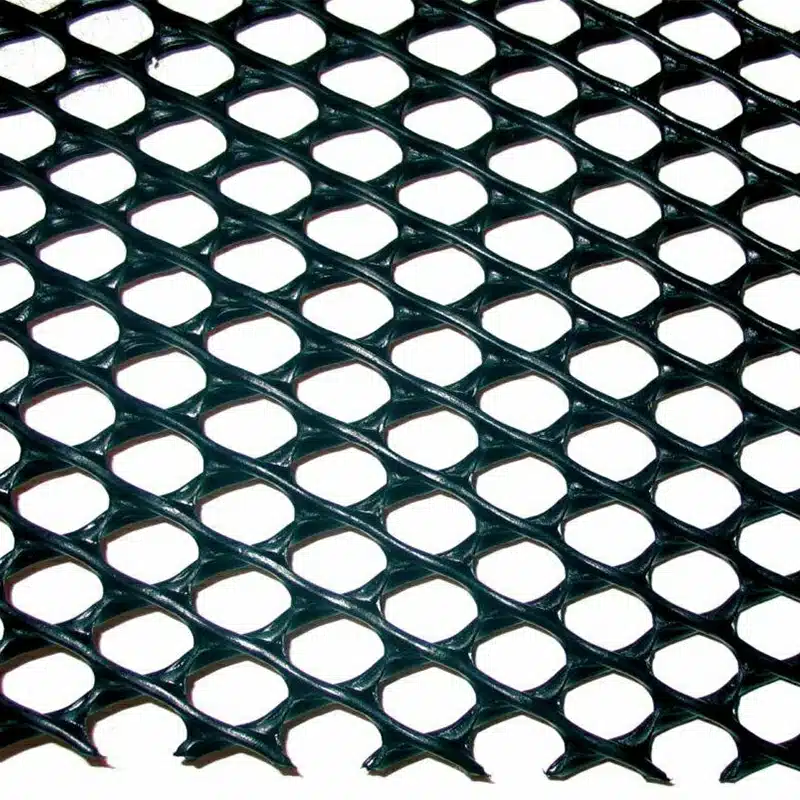
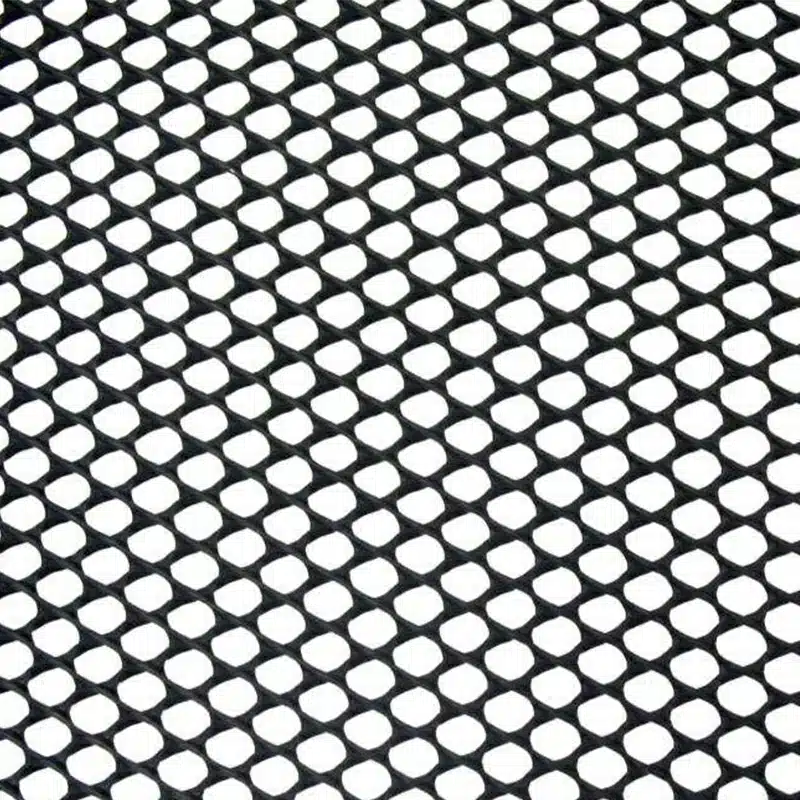
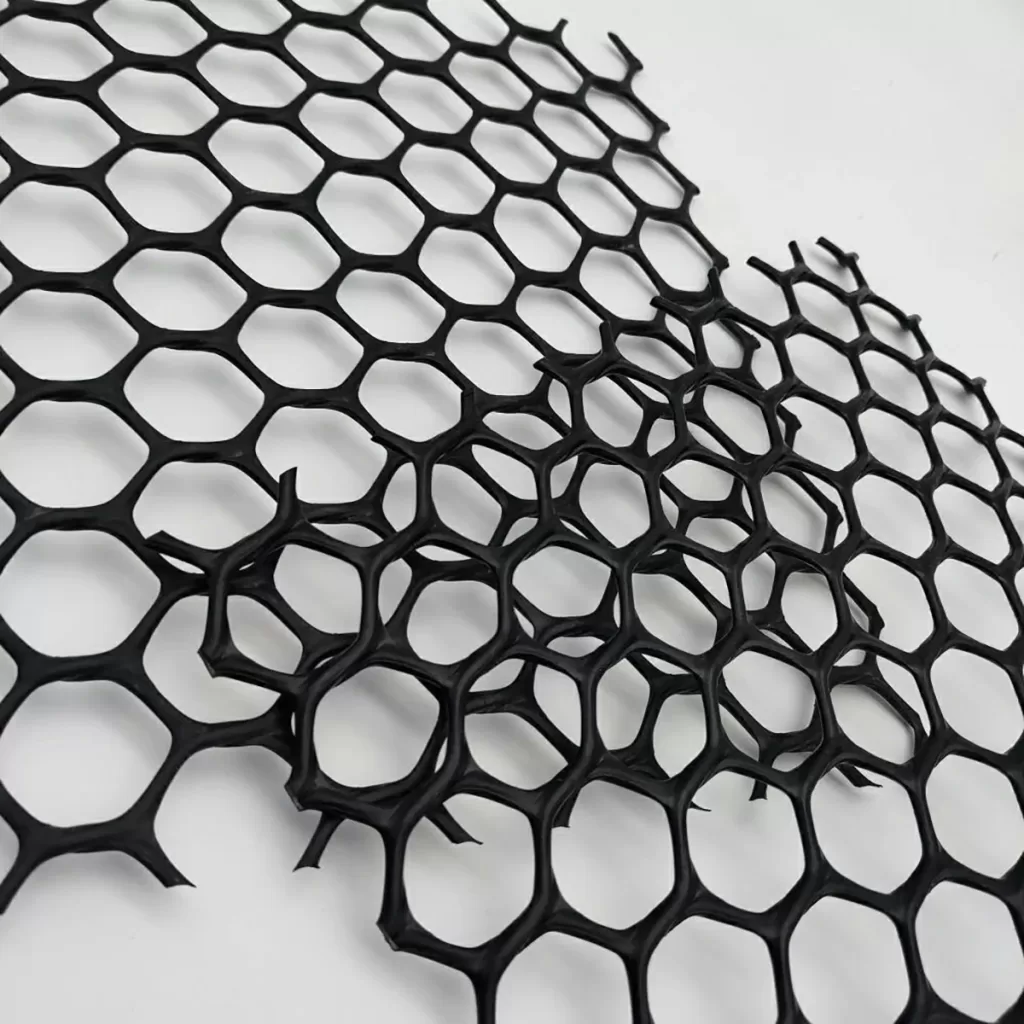
Get Free Sample
We’ll respond as soon as possible(within 12 hours)
